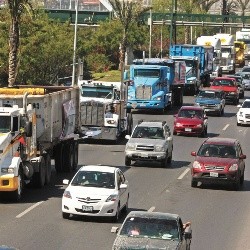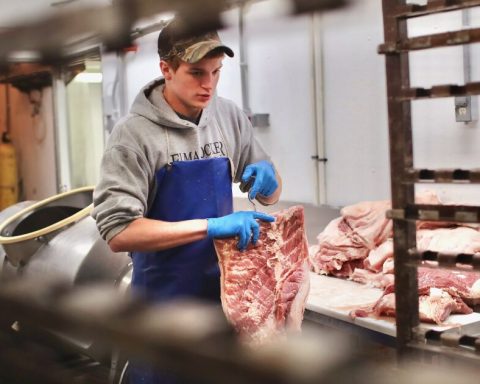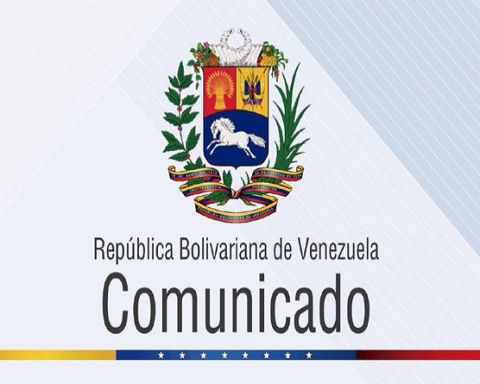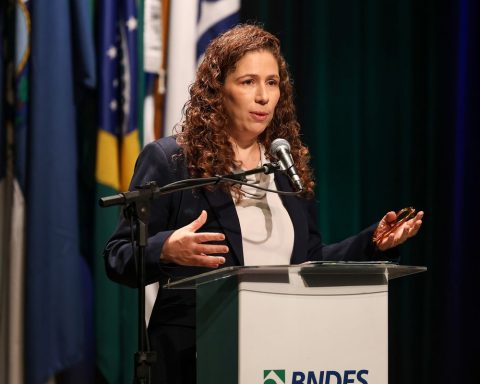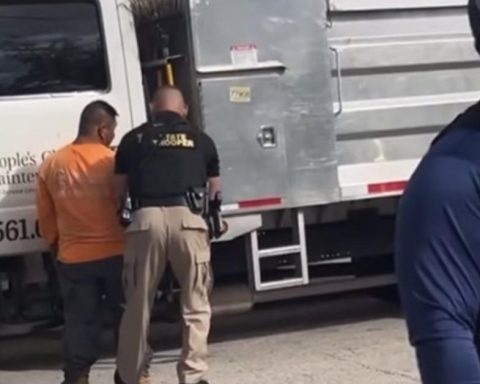According to figures provided by the Mexican Institute of Transportation in 2020, the balance of accidents was 11,499 collisions in which 5,040 victims were recorded, leaving 6,706 injured and 2,722 people dead at the scene. If they are compared with the data corresponding to 2019, there are decreases of 5% in total claims, 10.7% in events with victims, 21.1% in the number of injured and 10.6% in deaths.
two perspectives
The General Law on Mobility and Road Safety, published on May 17, 2022, is “a mutual benefit. What it is about is making a safe system in which all the road actors are considered, putting vulnerable users in the first instance and at the center of all public policy,” Miguel Guzmán Negrete, director of road safety of the Center for Experimentation and Road Safety Mexico (CESVI).
According to the classification in terms of preference, priority is given to pedestrians followed by users of non-motorized vehicles. In this sense, and from the perspective of freight transport, Guzmán Negrete added that “on the subject of transportation, it will be beneficial for everyone because it is a job to build a safe system from the vulnerable user to the freight transport. This implies that there are safe vehicles, drivers and infrastructure”.
However, the executive president of the National Association of Private Transport (ANTP), Leonardo Gómez Vargas, there are points to which special attention should be paid. “We declared from the beginning, when we began to participate and before the law was established, that overregulation in states and municipalities be avoided. Today, the federal freight transport service, private transport and its auxiliary services, already have regulations and we have found in different states and municipalities (around 310 municipalities), where they are overregulating cargo transport, it is In other words, they are requesting loading and unloading permits to transit these entities and we believe that this can and should correct what is being over-regulated today”.
In contrast, for Guzmán Negrete, this law should not make the operation of cargo transport service providers more difficult. “Each municipality and state has the power to regulate the traffic of vehicles. However, within the law itself, he mentions that cargo transportation should not be overregulated.
It is not the purpose, it is only intended that the operations be safer”.
The executive president of ANTP continued detailing the sections in special observation.
“Second is making the distribution of goods and merchandise more efficient in an agile and timely manner, as well as regulating and ordering the circulation of vehicles where there are restrictions today. Along with this, it is also important to point out the importance that this law requires infrastructure resources. We cannot think that a law per se is going to put all the actors in the mobility pyramid in order. In that sense, there will have to be an efficient and sufficient infrastructure so that we can all live together. An example of this is that there are safe stops on the highways so that the operators who so require can establish their stops and breaks in an efficient and timely manner. In the same way, the monitoring of compliance with the regulation of work and rest periods that therefore require safe hostels. In this sense, we welcome the one that establishes that there must be citizen observatories of mobility and road safety. The participation of society and researchers will be allowed, as well as proposals and evaluations in which they must be disseminated and within all of this, a follow-up of awareness campaigns and road education must be established. These are programs that are fundamental.”
road safety
One of the two bodies that will be created from the General Law of Mobility and Road Safety is the National System of Mobility and Road Safety, which together with the National Strategy of Mobility and Road Safety, must guarantee the constitutional right to mobility. safe and with a gender perspective throughout the country.
For Gómez Vargas “what the National System of Mobility and Road Safety allows is that mechanism of coordination between the authorities but also within it, it allows the citizen and mobility observatory where, with facts and data, we must establish the policy that allow at some point to give continuity to this Law. I mean that the numbers, the facts, the data, what is thrown today on the issue of mobility, must be established or taken into account for the public policy that is going to be defined . We cannot continue defining or establishing public policies without numbers, without data. Today this law leads you to have those observatories and that National System of Mobility and Road Safety.”
Weight and dimension
Also questioned about whether this law could have repercussions in terms of weight limits and dimensions of cargo vehicles circulating in the country, he mentioned that the one in charge of regulating this section is the General Law of Autotransportation as well as the Official Mexican Standard NOM- 012-SCT-2-2017. And for him he added: “That is why we ask that it not be over-regulated; If we already have that norm, we must give it strength and security. And for our part, as users of freight transport and companies with their own fleet, seek the strength to self-regulate and comply with this standard.”
vehicle renewal
To conclude, he stressed the need to complete a program to update units and, therefore, technology, to improve road safety rates. He said that to the extent that companies and operators have modern and efficient vehicles as well as training for drivers, a reduction in road accidents and the impact on the environment will be observed.
